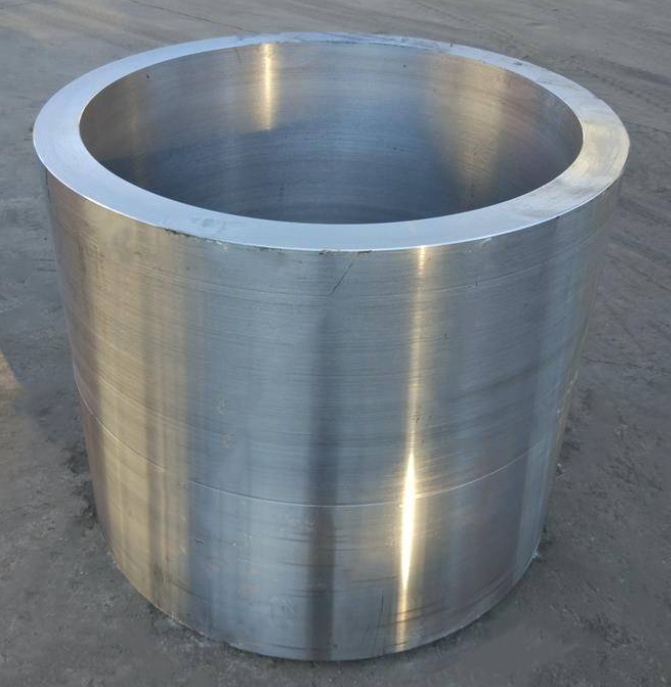Heat treatment is a process of improving the properties and structure of metal materials through heating and cooling. Heat treatment is an indispensable step in the production process of forgings. However, sometimes due to various reasons, the heat treatment results of forgings may not meet the requirements. So, can multiple heat treatments be performed when the heat treatment performance of the forging is unqualified? This article will analyze this issue from the actual situation.
Firstly, we need to clarify that heat treatment has certain limitations. Each metal material has its own specific heat treatment process specification, which includes the required temperature, insulation time, and cooling method. If the performance of the forging is unqualified after one heat treatment, the prerequisite for conducting another heat treatment is to identify the root cause of the problem and determine that the problem can be solved through heat treatment. Otherwise, performing multiple heat treatments will be meaningless.
Secondly, heat treatment can have an impact on metal materials. Although heat treatment can improve the properties of metals, excessive heat treatment may also lead to a decrease in material performance. During heat treatment, metal materials undergo phase transformation, grain rearrangement, and internal stress changes. If the temperature, time, or cooling method of multiple heat treatments do not comply with the specifications, it may cause problems such as grain boundary dissolution, grain growth, or the formation of excessively large grains, leading to further deterioration of the forging performance.
Finally, heat treatment is not the only means. In the manufacturing process of forgings, heat treatment is just one step. In addition to heat treatment, other methods can also be used to improve the performance of forgings, such as surface treatment, cold working, chemical treatment, etc. When the heat treatment performance of forgings is unsatisfactory, we can consider using other means to try to repair the problem, rather than blindly pursuing multiple heat treatments.
In summary, after the heat treatment performance of the forging is unqualified, it is necessary to carefully consider performing several more heat treatments. It is necessary to identify the cause and ensure that the problem can be resolved through heat treatment. At the same time, attention should also be paid to the limit of heat treatment frequency to avoid causing more damage to the material. In practical operation, we should flexibly apply various methods according to specific situations to achieve the goal of improving the performance of forgings. This is to ensure that the quality and performance of the forgings meet the requirements.
Post time: Dec-15-2023





